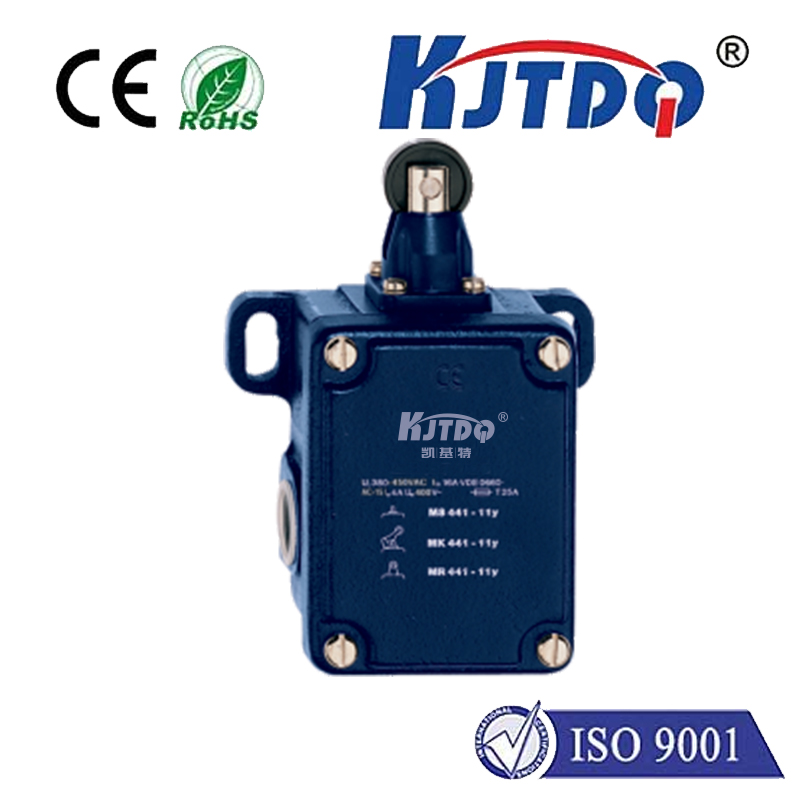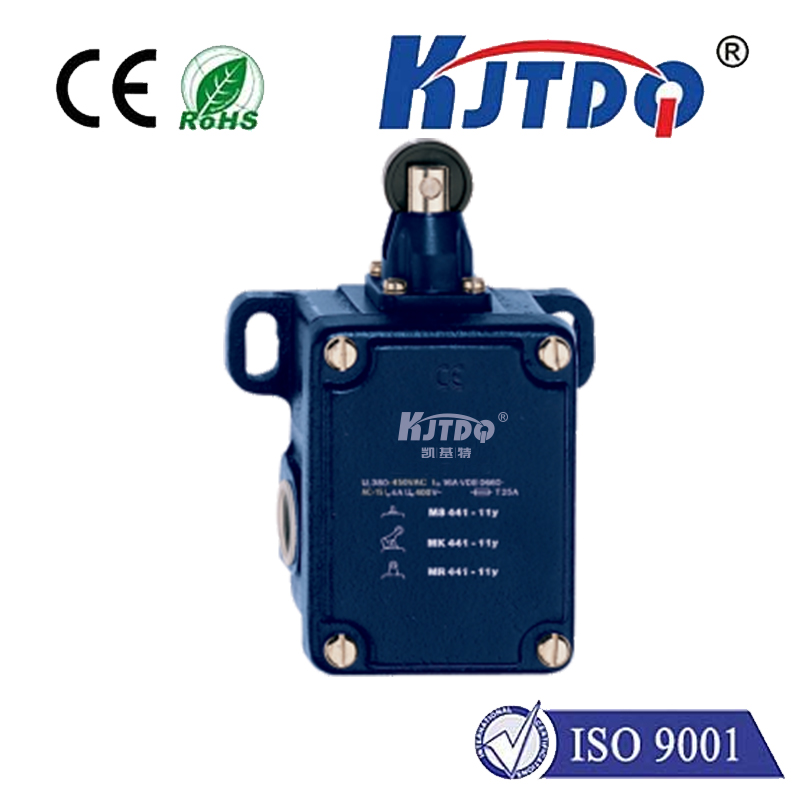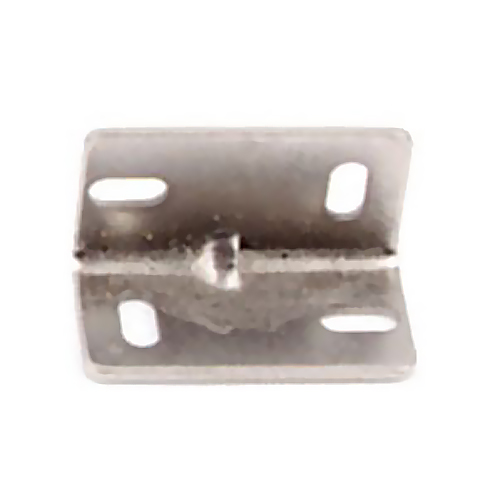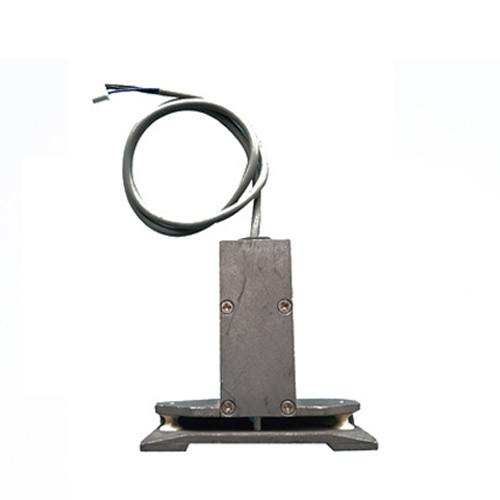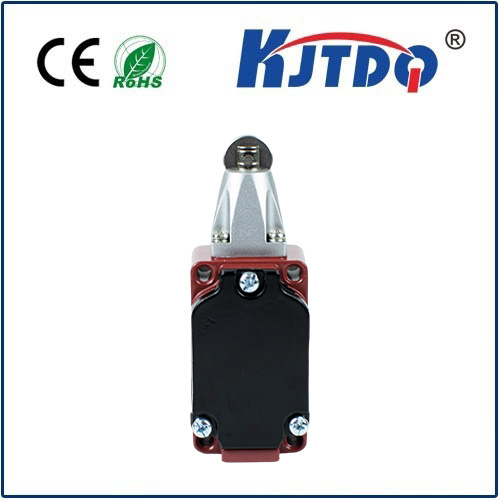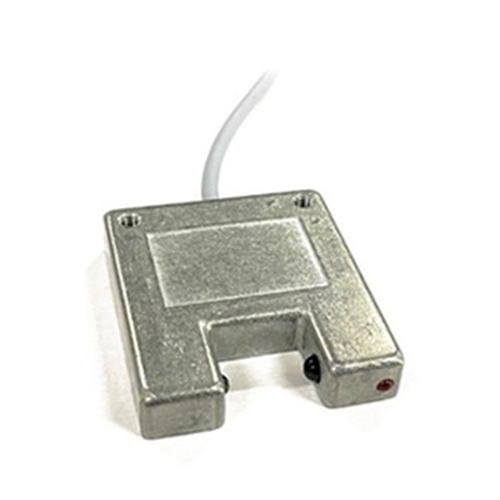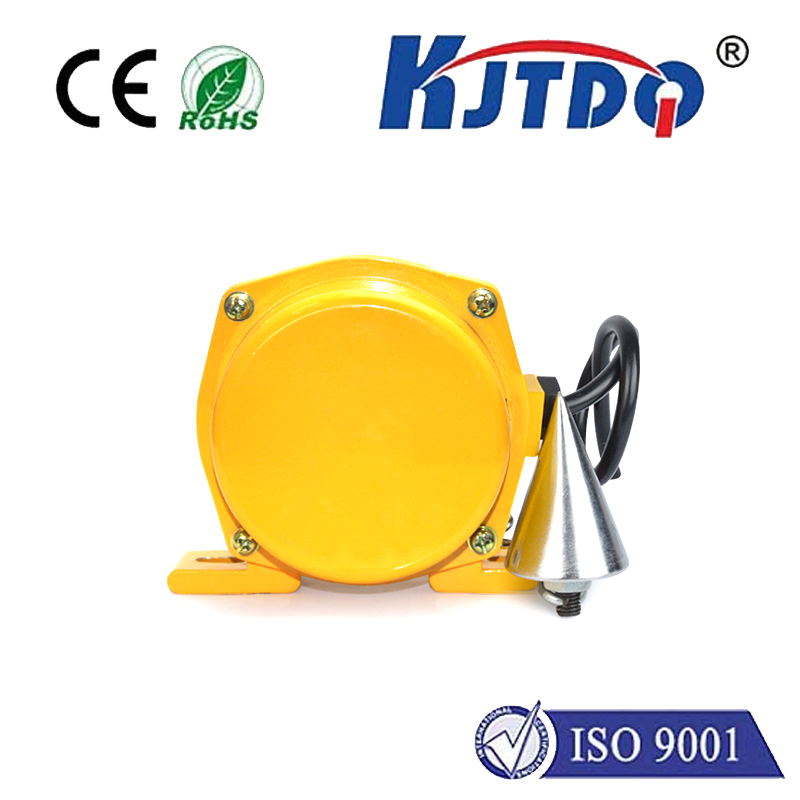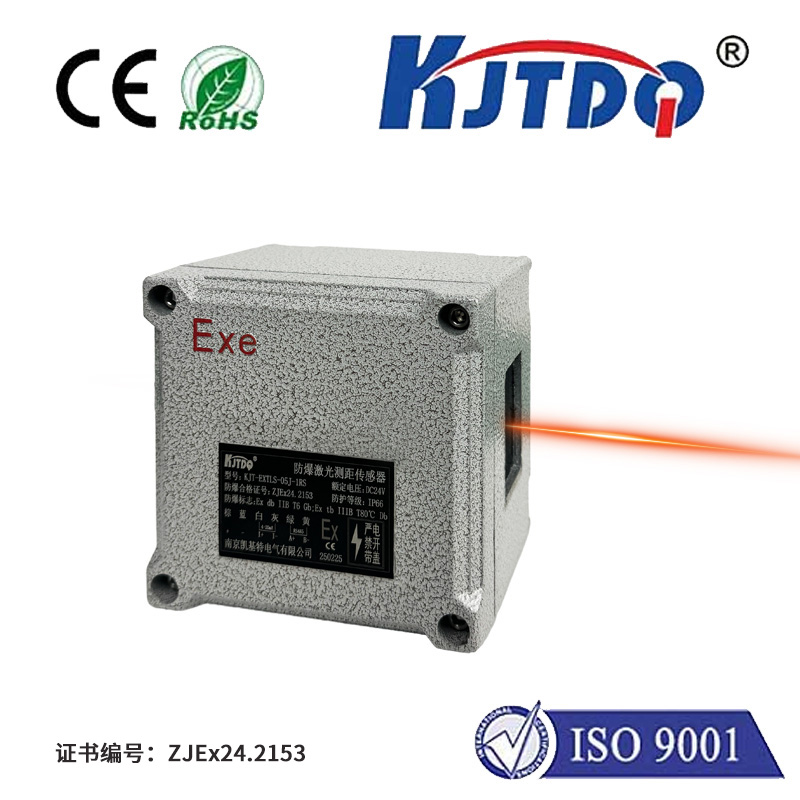

check

check

check

check

check

check

check

check

check

check
Title: Understanding Stepper Motors with Limit Switches
Introduction to Stepper Motors with Limit Switches
Stepper motors are a type of motor that uses a series of small, precision wheels to rotate a shaft. These wheels are called steppers because they move in tiny, precise steps instead of all at once. Stepper motors are widely used in applications where high torque and precision control are required, such as in CNC machines, robotics, and 3D printing. One important feature of stepper motors is the presence of limit switches, which help to prevent over-rotation and ensure accurate motion.
Understanding the Role of Limit Switches in Stepper Motors
Limit switches are mechanical devices that are designed to sense the presence or absence of an object. In the context of stepper motors, limit switches are used to detect when the motor has reached a certain position or direction. When the motor reaches the end of a travel range, the limit switch will open, cutting off the electrical power to the motor. This prevents the motor from continuing to rotate and ensures that it stops at the correct position.
Types of Limit Switches Used with Stepper Motors
There are several types of limit switches that can be used with stepper motors, each with its own advantages and disadvantages. Some common types include:
1. Photoelectric limit switches: These switches use an electromagnetic field to detect the presence of an object. They are relatively inexpensive and have a high response time, making them suitable for high-speed applications. However, they can be sensitive to interference from other sources, such as light or magnetic fields.
2. Optical limit switches: These switches use a beam of light to detect the presence of an object. They are very reliable and have a long lifespan, but they can be more expensive than other types of limit switches. Additionally, they require a clear path for the beam to travel, which may not be possible in certain environments.
3. Mechanical limit switches: These switches consist of a moving arm or wheel that contacts a sensor when it reaches a certain position. They are easy to install and maintain, but they can be noisy and have a low level of accuracy.
How Limit Switches Work with Stepper Motors
When a stepper motor is powered on, the motor controller sends a signal to each stepper coil, causing the wheels to rotate in sync with one another. As the motor progresses through its travel range, each stepper coil will make contact with one of the wheels, turning it. When the motor reaches the end of its travel range, the limit switch will open, cutting off the electrical power to the motor and causing it to stop.
Benefits of Using Limit Switches with Stepper Motors
Using limit switches with stepper motors offers several benefits, including:
1. Accurate positioning: Limit switches help to ensure that the motor stops at precisely the desired position, reducing errors caused by variations in speed or direction.
2. Over-rotation prevention: By detecting when the motor has reached its end of travel, limit switches can prevent over-rotation and keep the motor running smoothly.
3. Easy installation and maintenance: Most limit switches are designed to be installed directly onto the motor shaft or齿轮 system, making them easy to install and maintain.
Conclusion
Limit switches are an essential component of stepper motors, helping to ensure accurate positioning and preventing over-rotation. There are several types of limit switches available, each with its own strengths and weaknesses. When choosing a limit switch for your stepper motor application, consider factors such as speed, accuracy, cost, and ease of installation and maintenance. With the right choice of limit switch, you can achieve reliable and precise performance from your stepper motor system.
